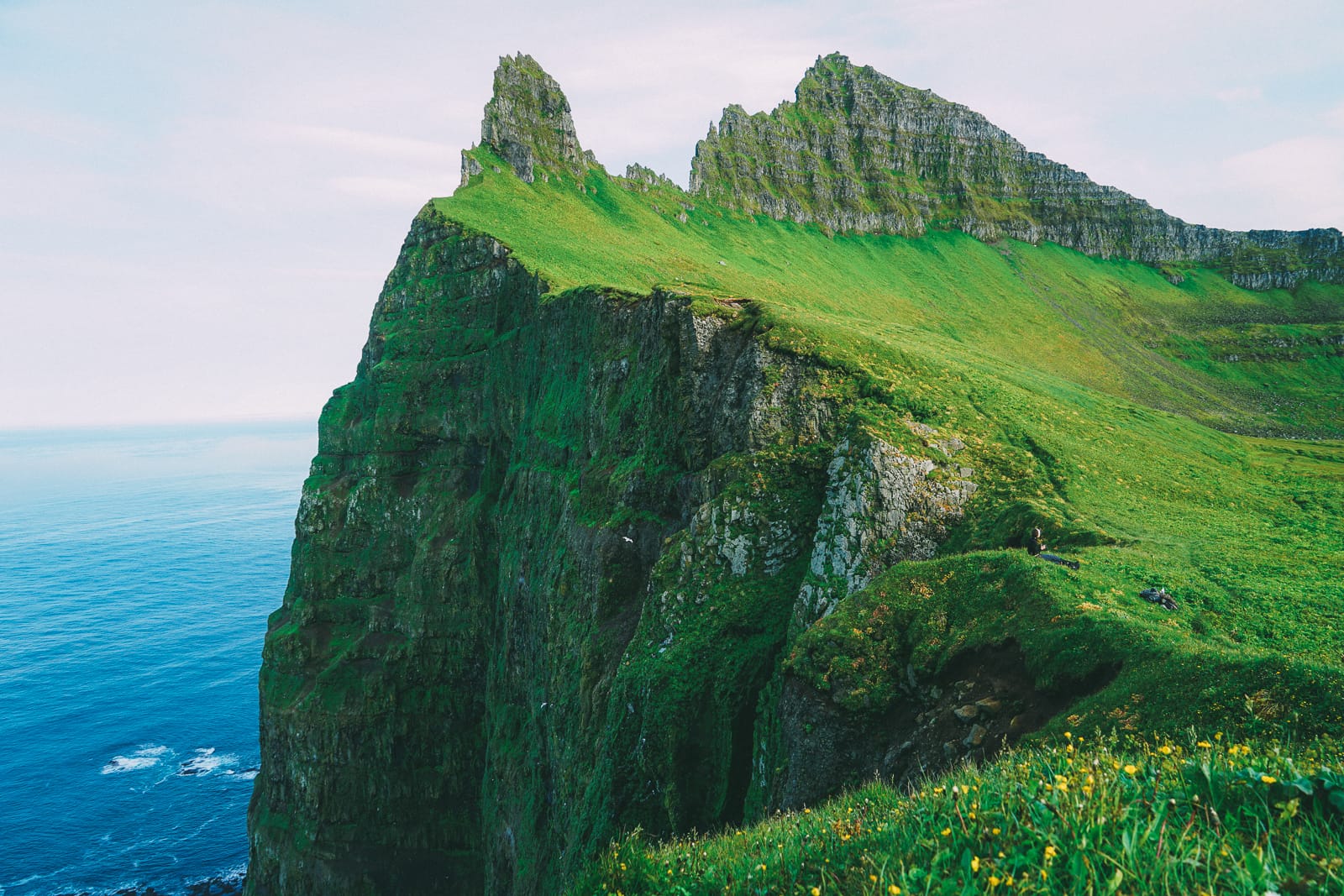 Cory Whitney
Cory WhitneyThe members of the Society of Economic Botany (SEB) student board were asked to name the things that make up a Botanist. I could only think of this:
I suppose that a botanist is a particularly curious member of Homo sapiens sapiens that seeks to fill the void of existential lack and wonder that are the bi-product of consciousness (i.e. tries to understand). In particular the botanist studies the structure, functions, and uses of plants.
Botanist
From Greek botanismós
A specialist in botany.
Botany
From French botanique and Greek botanikos and botanē ‘plant’
The science of plants,
a branch of biology.
Biology
The study of living organisms
From German, via French from Greek bios ‘life’.
Life
The formation of RNA and DNA,
to grow, reproduce, change and die,
known only to occur on Earth.
Earth
A blue orb, third planet from the sun in the Sol solar system,
Orion arm of the Milky Way, Virgo cluster,
13.7 billion years after big bang, Laniakea Universe.
Find some of our publications for more suspenseful reading about exploration in botany:
References
- Gebauer, J., Whitney, C. W., and Tabuti, J. R. S., 2016. First record of baobab (Adansonia digitata L.) in Uganda, Genetic Resources and Crop Evolution, 63(5), 755-762.
- Whitney, C. W., 2016. Adventures in Botany, Plants & People; Society for Econ. Bot. Newsletter, 30, 10.
- Whitney, C. W., Gebauer, J., and Anderson, M., 2012. A Survey of Wild Collection and Cultivation of Indigenous Species in Iceland, Hum. Ecol., 40, 781-787.
- Whitney, C. W., and Gebauer, J., 2014. Homegardens in Uganda: Diversity and Potential, Building Organic Bridges. Proceedings of the 4th ISOFAR Scientific Conference at the Organic World Congress 2014 in Istanbul, Turkey, Thuenen Report 20, 1115-1118.
- Whitney, C. W., Vang Sin, M. M. V., Lê Hồng, G., Vu Van, C., Barber, K., and Tran Thi, L., 2014. Conservation and Ethnobotanical Knowledge of a Hmong Community in Long Lan, Luang Prabang, Lao People’s Democratic Republic, Ethnobotany Research and Applications, 12, 643-658.
- Whitney, C. W., Vang, S. M., Lê Hồng, G., Can, V. V., Barber, K., and Lanh, T. T., 2016. Learning with elders; human ecology and ethnobotany explorations in northern and central Vietnam, Human Organization, 75(1), 71-86.
-----
Here is a regularly updated list of other things Cory writes





